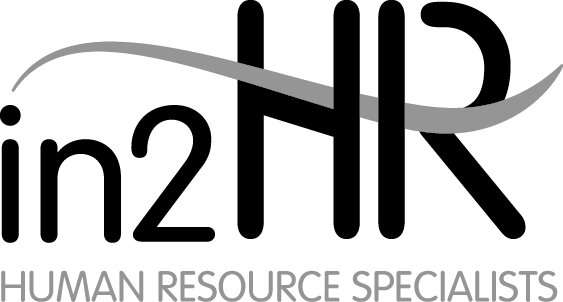It’s that time of the year again- the flurry of people-related activity in businesses large and small.
For many managers, this can be an uneasy time if they are new to leading people or lack the tools to tackle the task effectively, particularly if the employee is underperforming.
Here are some simple and effective tips to build into your performance review cycle:
No surprises
Practice giving positive and negative feedback regularly so that there are no surprises when it comes to delivering feedback. What are their strengths? Where do they need development? What feedback messages do you need them to hear?
Use basic techniques like the ‘compliment sandwich’ (opening with some positive feedback- inserting a constructive feedback ‘filling’, and ending on a positive note). For example: “Hi Sam- great job completing the stocktake so quickly- we need to look at your accuracy and variances in some areas though, but overall it was really efficient and you managed the team well.”
Good leaders will have continuous conversations with their employees to gauge performance, understand their career goals, and to identify any issues before they become a bigger problem.
Let it GROW
The GROW model has been around for some time but it is a simple and effective way of taking your ongoing performance review conversations to the next level:
- Goals: establish what your team member’s goals are and where they see themselves going.
- Reality: This is your opportunity to realign their expectations with reality and manage any disconnections. Ask them what they are good at and what they enjoy doing. Be prepared for a courageous conversation!
- Options: at this point you work out what are the objectives to be achieved and align this to the calibrated goals from step 1
- Way forward: Here you both agree on what the next steps are to work towards the objectives and what you can do to support it.
Document, document, document
This one of the most important rules of performance management, especially if you are dealing with a difficult employee: document EVERYTHING- the bad but also the good for when credit is due.
Make a note of conversations, phone calls, emails and their outcomes. If you have recently stepped into a new people leader role or have taken over from someone, it can also be a good idea to look back over previous performance reviews completed by the out-going manager to get a feel for the employee’s strengths and weaknesses and a heads-up on any themes or ongoing issues that might not yet be resolved.
The PDP/ PIP
The outcomes of these conversations should feed into the employees’ Personal Development Plans to capture aspirations and areas for development, or if required form the foundations for moving to a formalised Personal Improvement Plan.

